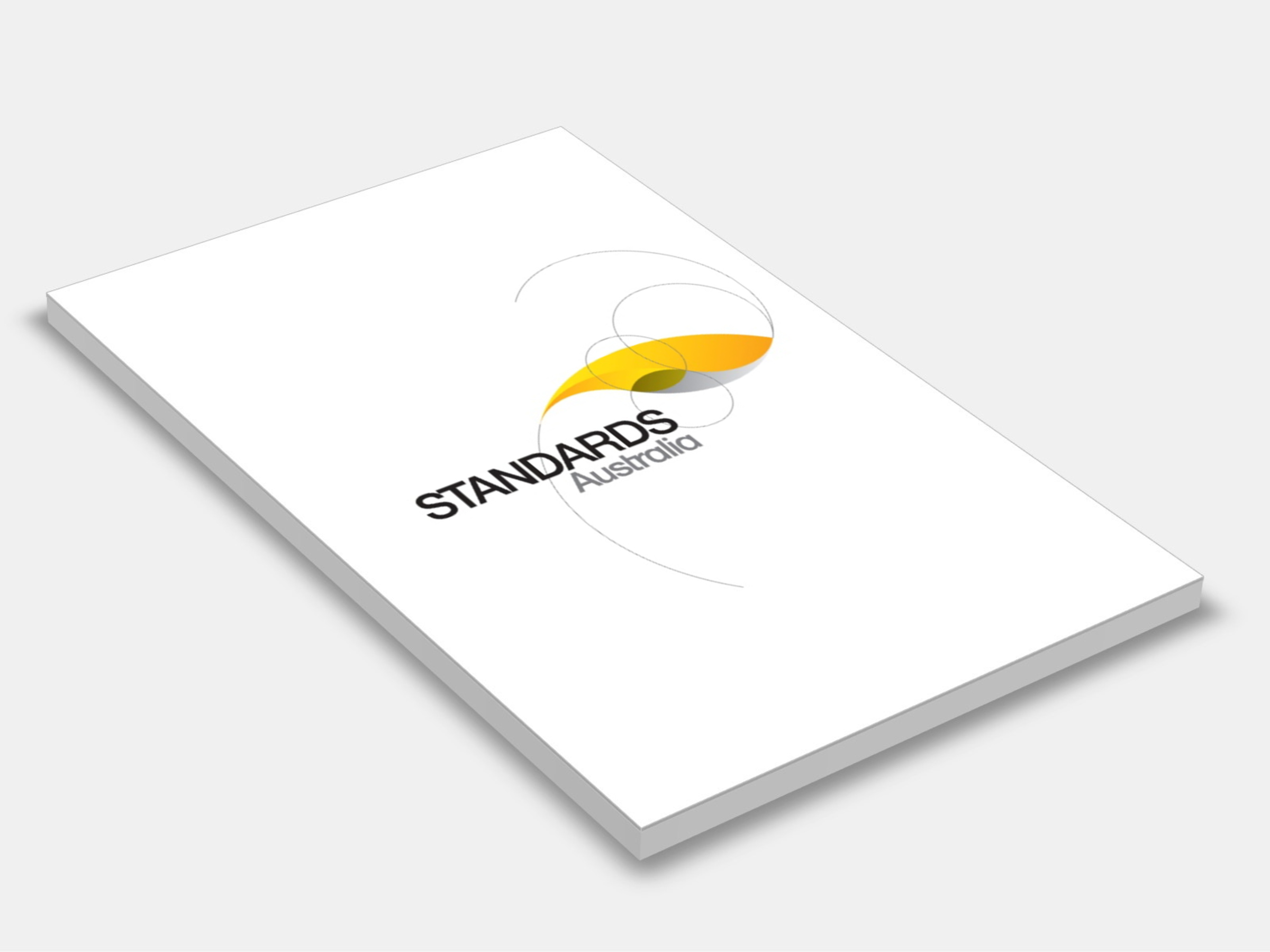
Type
Publisher
Standards Australia/Standards New Zealand
Publisher
Standards Australia/Standards New Zealand
Version:
Second Edition 2019.
(Current)
Short Description
Specify requirements and test methods for mounted spectacle lenses relative to the prescription order.
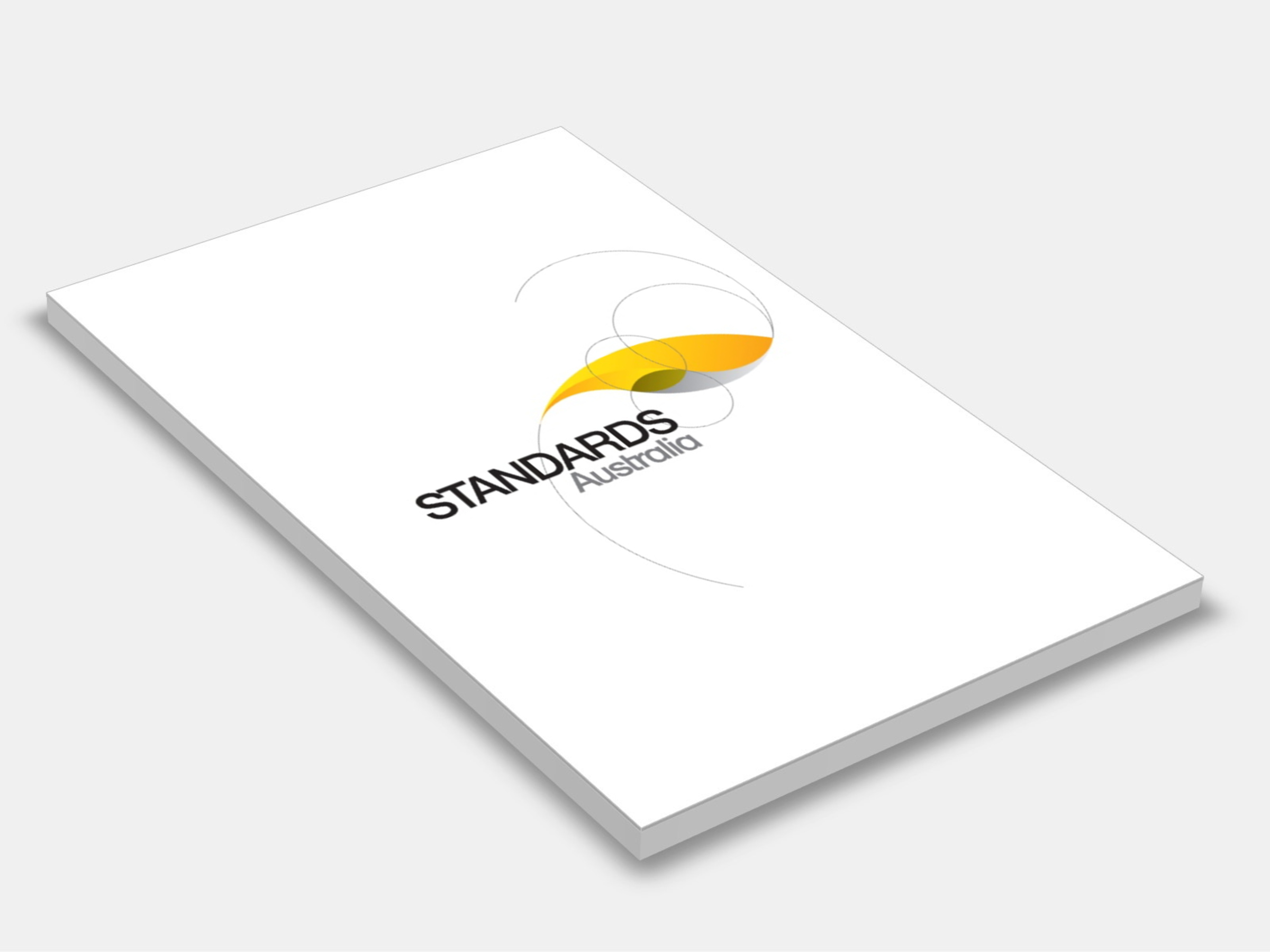
Type
Publisher
Standards Australia
Publisher
Standards Australia
Version:
First Edition 2020.
(Current)
Short Description
The objective of this Standard is to define and explain the principal terms used in the field of personal eye and face protection.
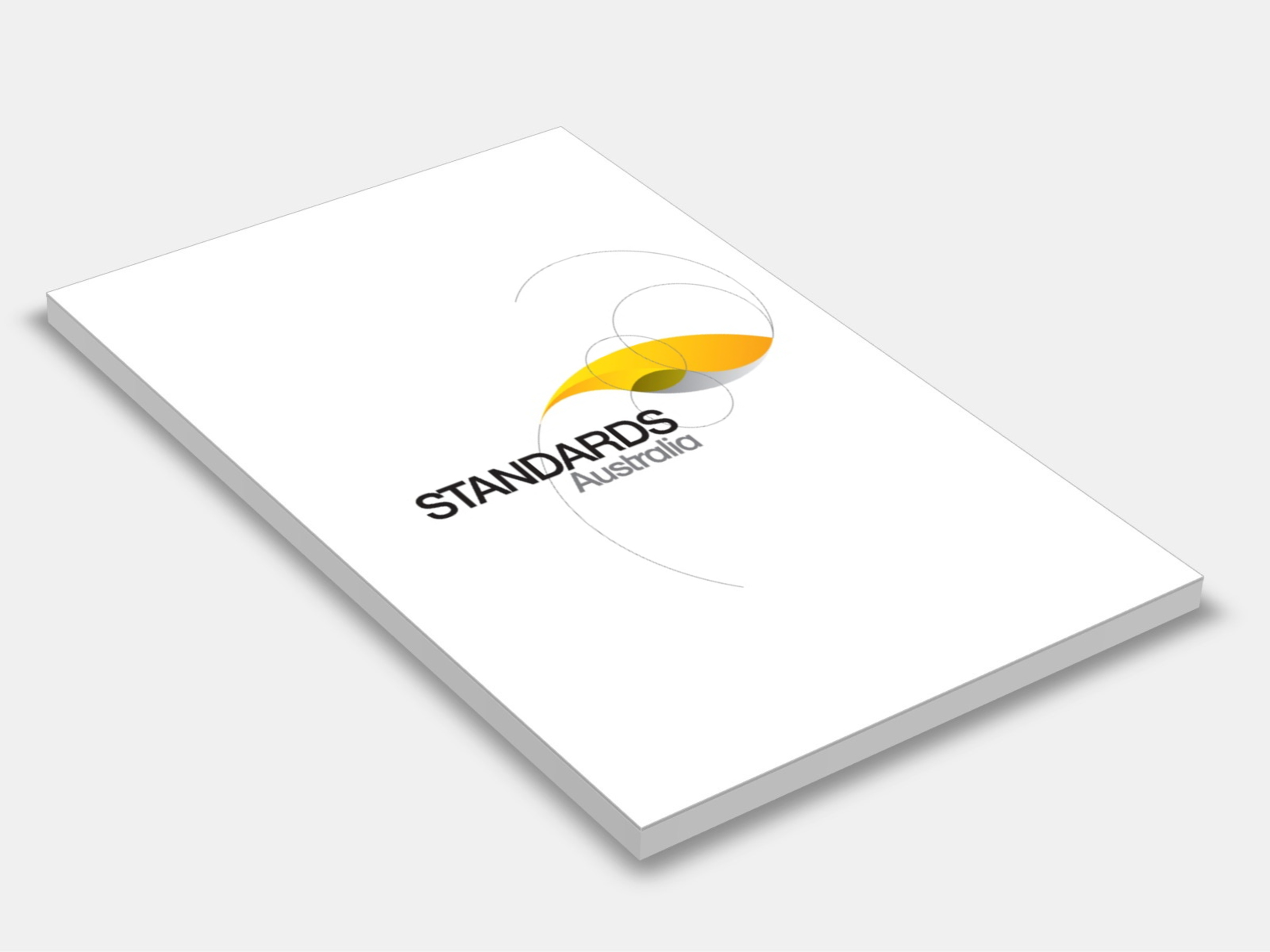
Type
Publisher
Standards Australia/Standards New Zealand
Publisher
Standards Australia/Standards New Zealand
Version:
Second Edition 2015.
(Current)
Short Description
Adopts ISO 8980-3:2013 to specify the requirements for the transmittance properties of uncut finished spectacle lenses.
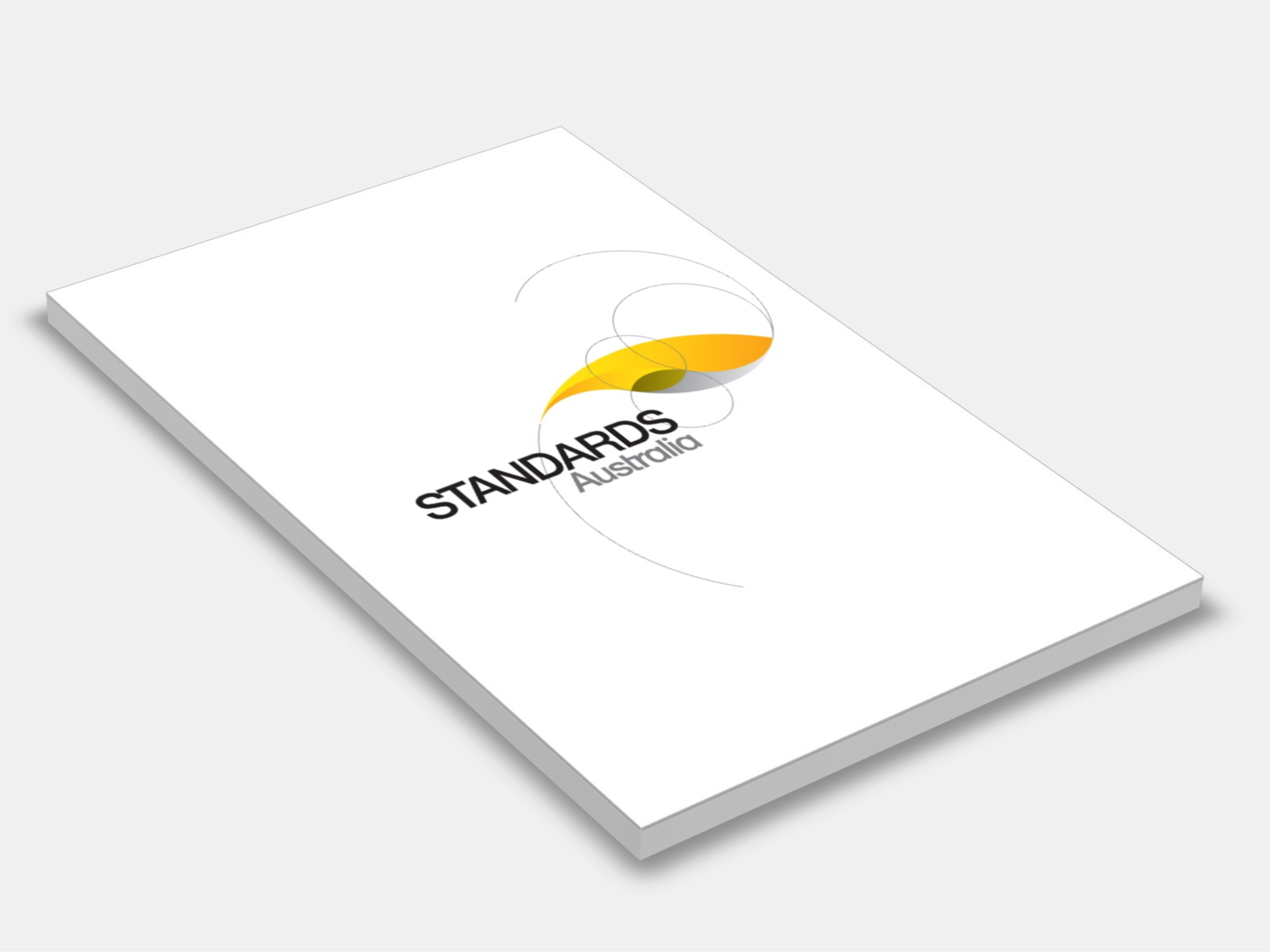
Type
Publisher
Standards Australia/Standards New Zealand
Publisher
Standards Australia/Standards New Zealand
Version:
Second Edition 2014.
(Current)
Short Description
This Standard sets out requirements and recommended practices for the protection of the eyes and faces of persons against hazards such as flying particles, dust, splashing materials and molten metals, harmful gases, vapours and aerosols, solar radiation and high-intensity radiation generated during operations such as welding and furnace work.
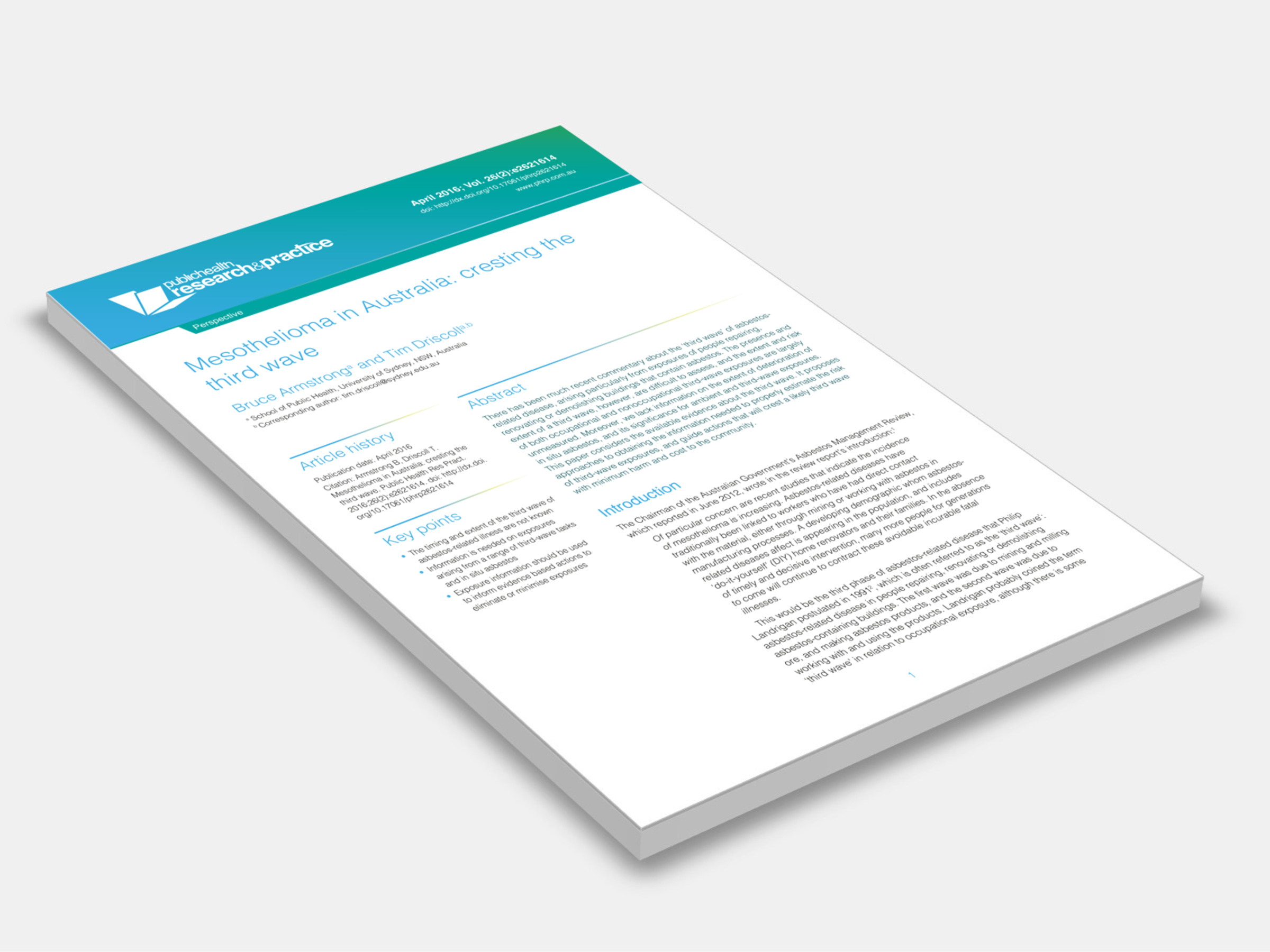
Type
Version:
2016.
(Current)
Short Description
Proposes approaches to obtaining the information needed to properly estimate the risk of third-wave asbestos exposures, and guide actions that will crest a likely third-wave with minimum harm and cost to the community.
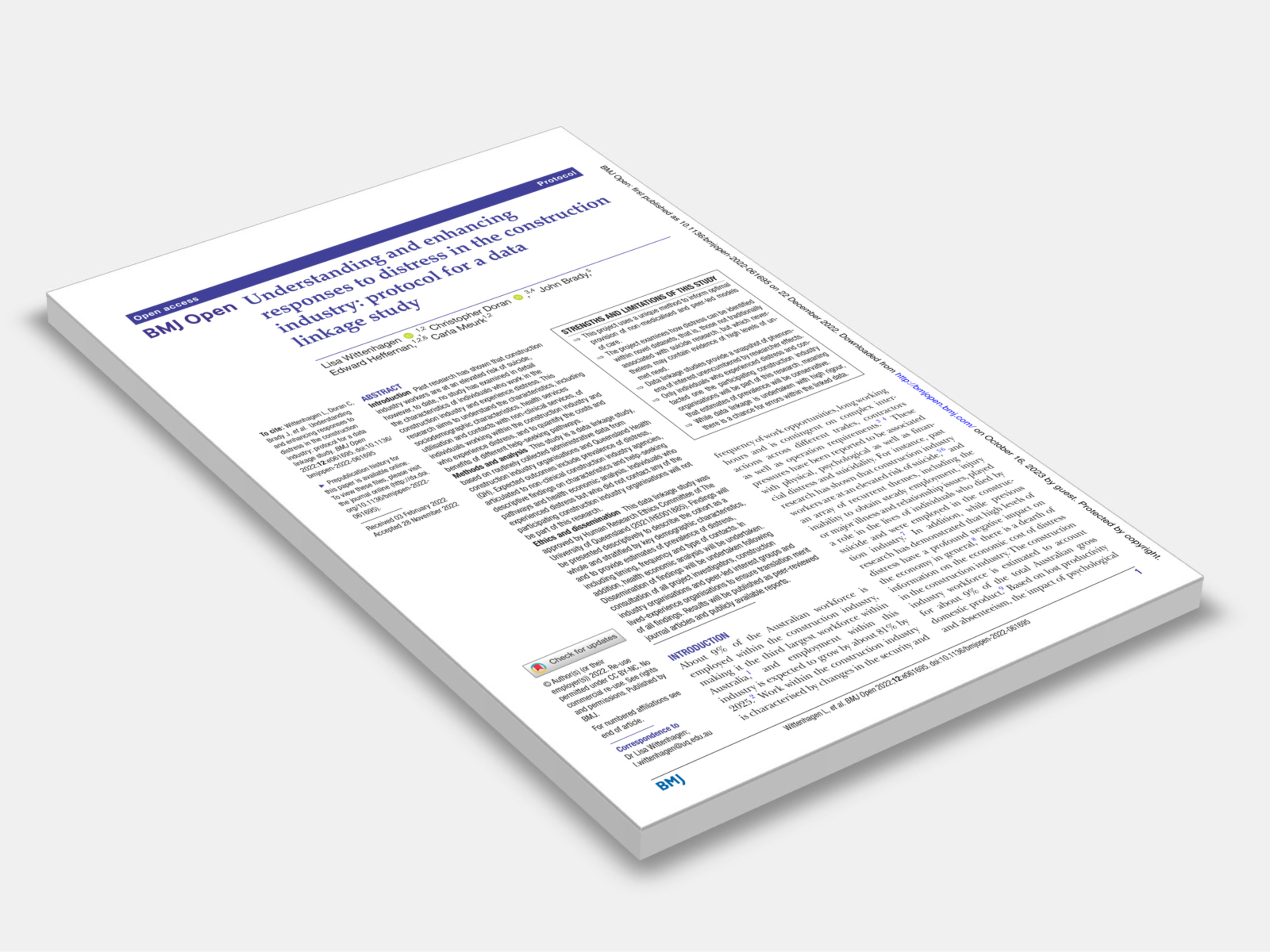
Type
Version:
2022.
(Current)
Short Description
This research aims to understand the characteristics, including sociodemographic characteristics, health services utilisation and contacts with non-clinical services, of individuals working within the construction industry and who experience distress, and to quantify the costs and benefits of different help-seeking pathways.
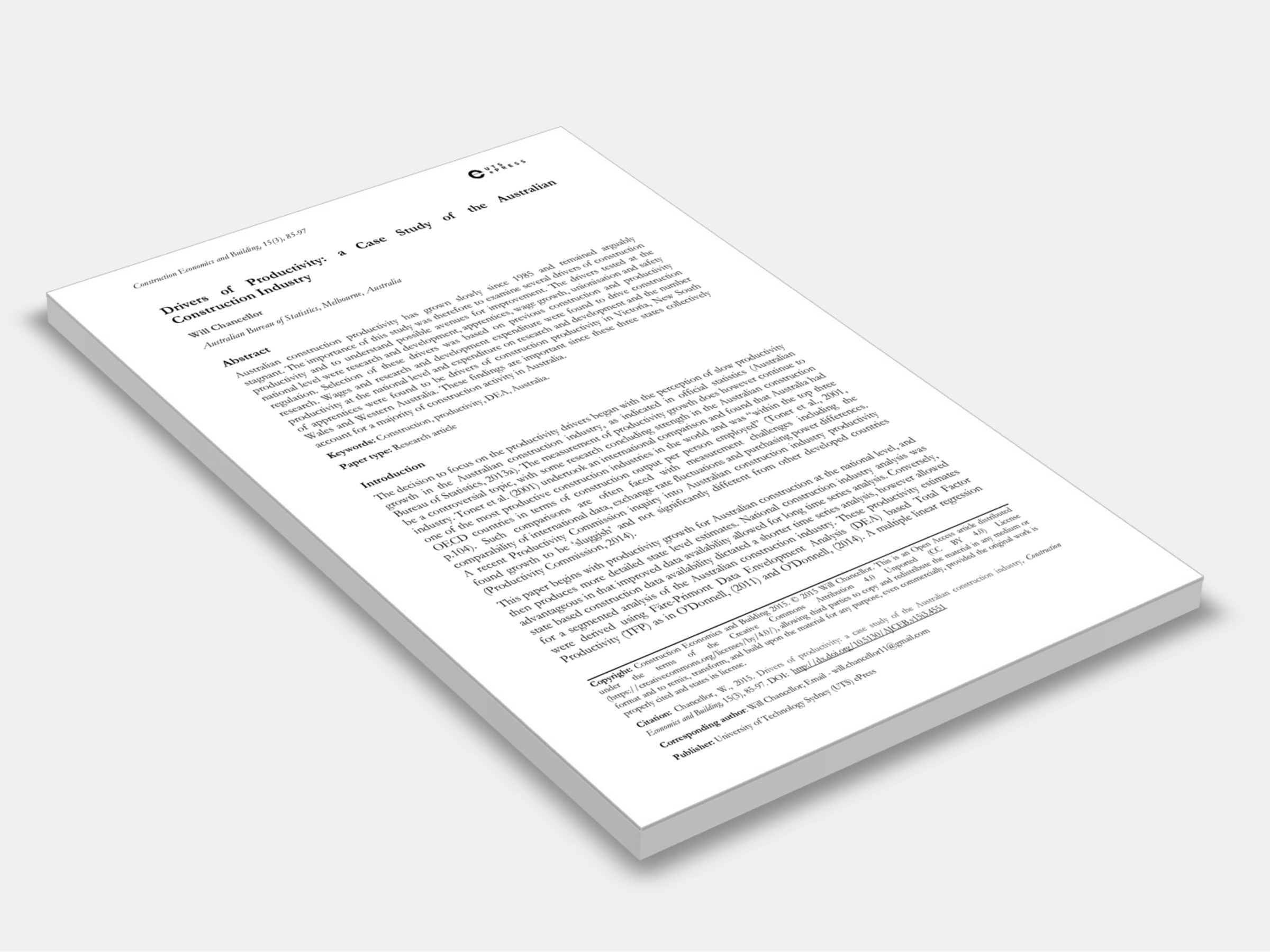
Type
Publisher
Construction Economics and Building
Publisher
Construction Economics and Building
Version:
2015.
(Current)
Short Description
Wages and research and development expenditure were found to drive construction productivity at the national level and expenditure on research and development and the number of apprentices were found to be drivers of construction productivity in Victoria, New South Wales and Western Australia.
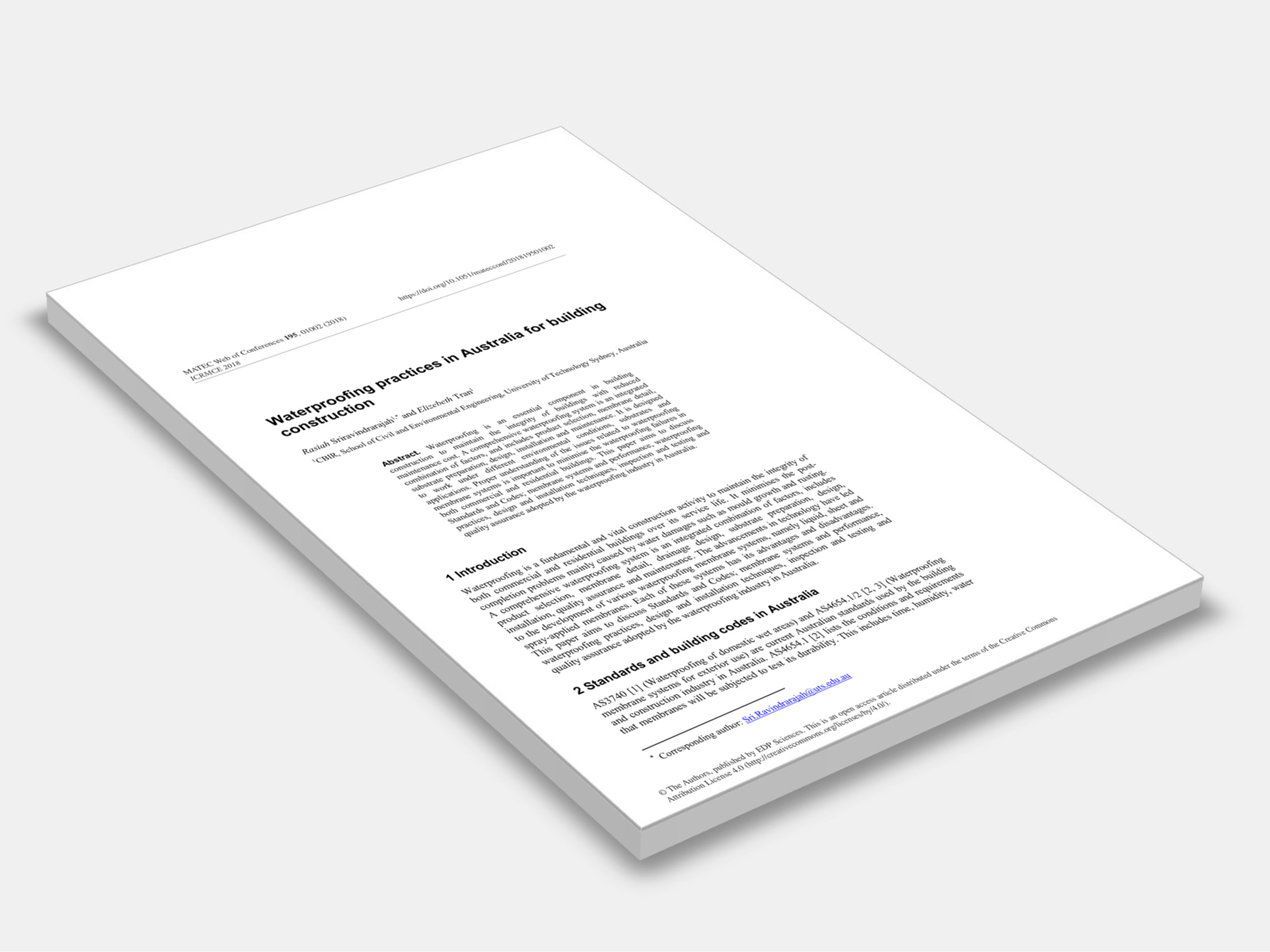
Type
Version:
2018.
(Current)
Short Description
This paper aims to discuss Standards and Codes; membrane systems and performance, waterproofing practices, design and installation techniques, inspection and testing and quality assurance adopted by the waterproofing industry in Australia.
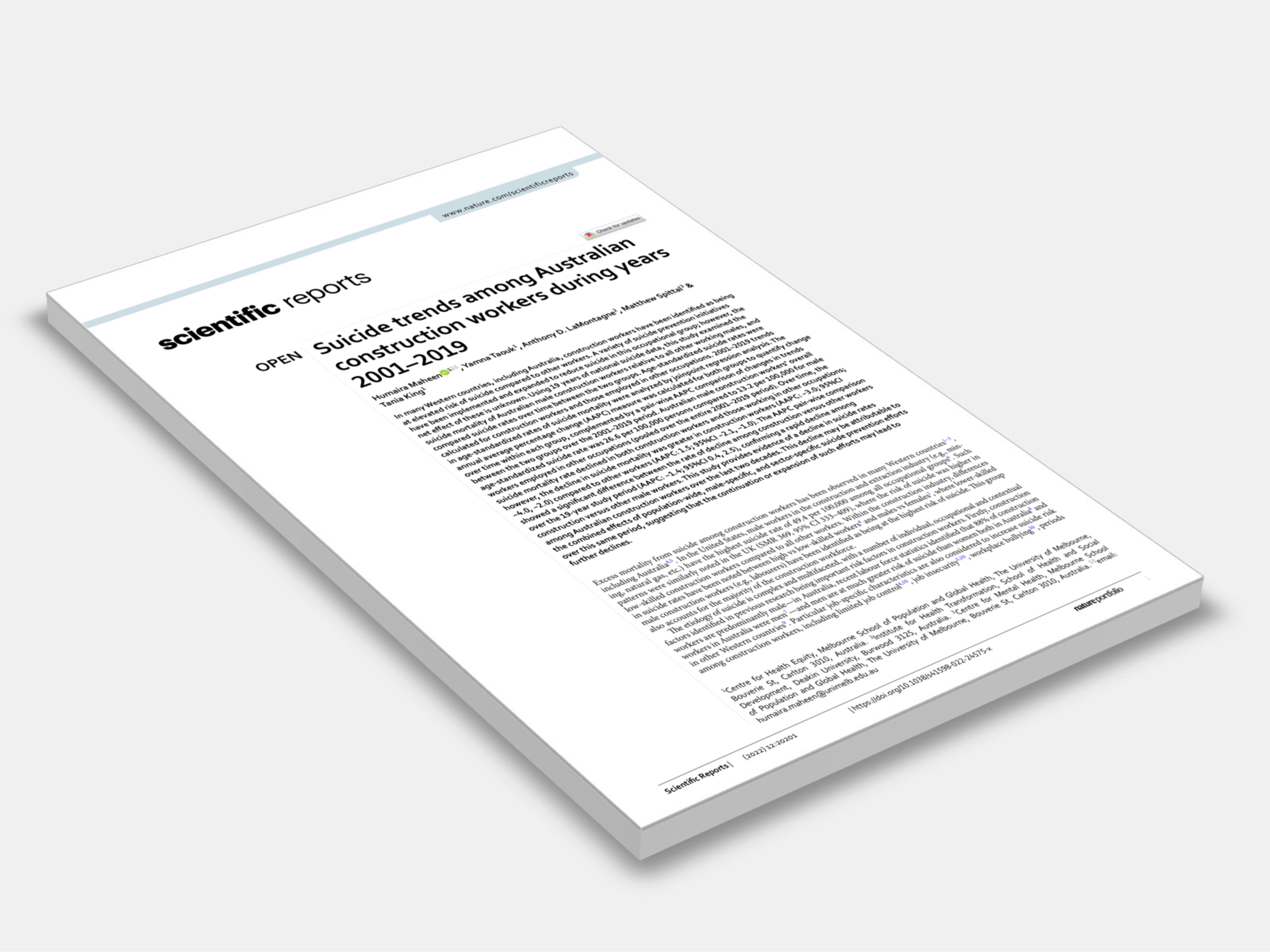
Type
Version:
2022.
(Current)
Short Description
This study provides evidence of a decline in suicide rates among Australian construction workers over the last two decades; this decline may be attributable to the combined effects of population-wide, male-specific, and sector-specific suicide prevention efforts over this same period, suggesting that the continuation or expansion of such efforts may lead to further declines.
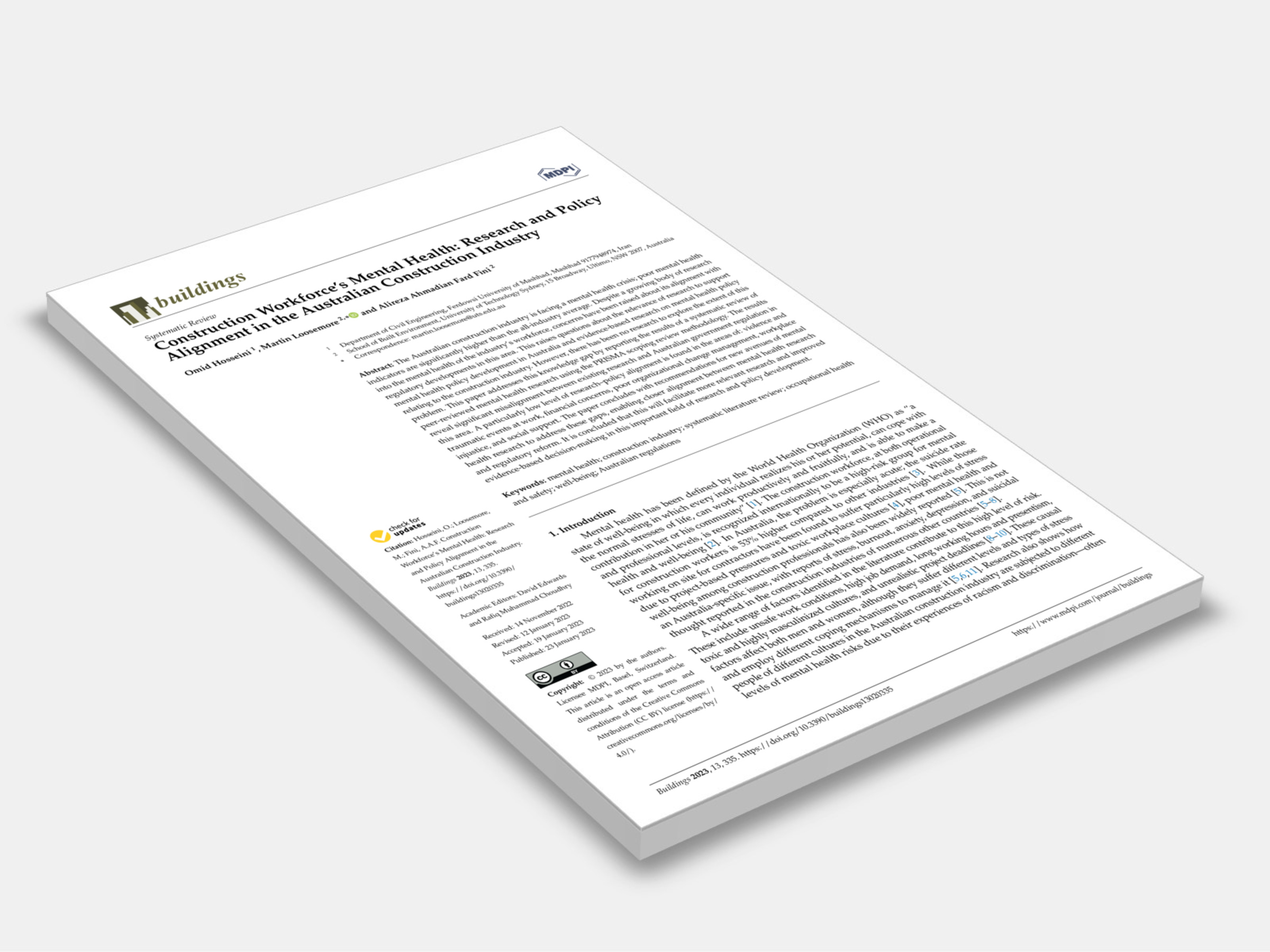
Type
Version:
2023.
(Current)
Short Description
The Australian construction industry is facing a mental health crisis; poor mental health indicators are significantly higher than the all-industry average. This paper addresses the knowledge gap by reporting the results of a systematic review of peer-reviewed mental health research and reveals significant misalignment between existing research and Australian government regulation.